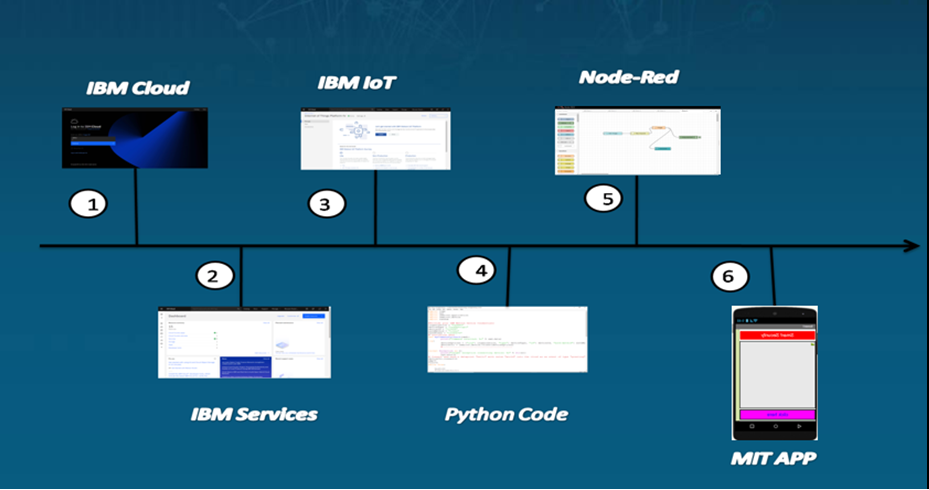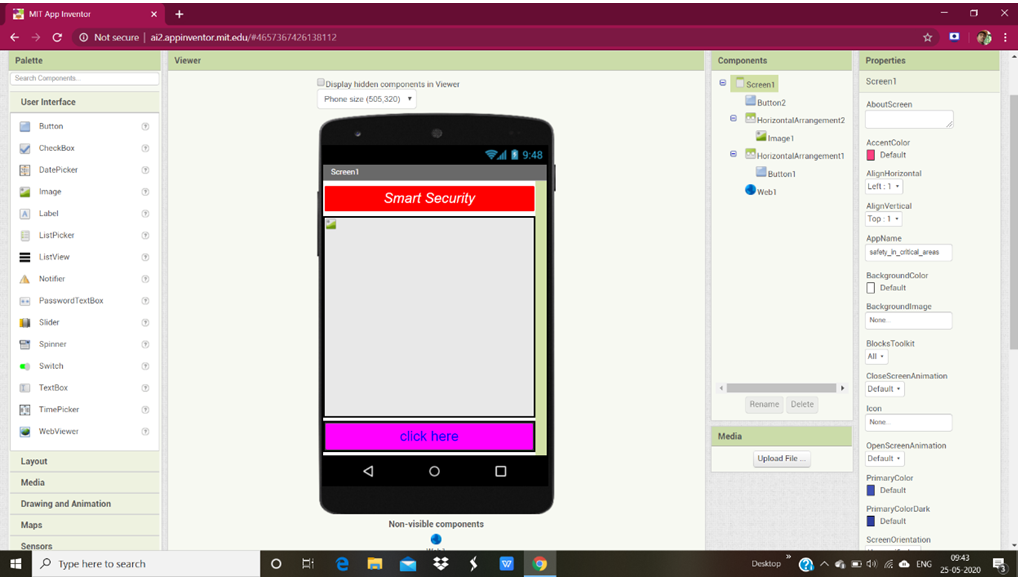Purpose of the Project
- Access control is done by using a smart Analytic device. It verifies the entry of the person.
- The Smart device verifies the persons entering into the industry.
- The details of the person are being taken and uploaded into the cloud.
- We can Restrict the entry of unknown persons and we can restrict the persons who are not following the safety measures by using this IoT device.
Existing Problem
The Intelligent Access Control problem with the present existing device is it cannot able to identifies the safety measures of the persons it just identifies the entry of the persons.
Proposed Solution
We can make use of IoT Analytics in Access Control, such that during working hours in the industry we can identify the persons who are following the safety measures and who are not following.
Also, with the usage of IoT, automatically, the details of the person are taken and we can restrict them.
Hardware/Software Designing
The Intelligent Access Control Software design involves general We used IBM Cloud Services to create the Internet of Things platform. In the IoT platform, we create a virtual Raspberry Pi device. After creating the design we get the device credentials. We use these credentials in the Python program then we integrated the Node-Red platform with IoT. With the help of MIT APP Inverter, we designed the app & integrated it with the Node-Red to observe the values.
Experiment Investigation
To complete our Intelligent Access Control project work we collected the required data from Google & research papers. After getting complete knowledge we work according to our roles in the project. At first, we create the IBM Cloud account then we created the Internet of Things Platform after we wrote a python code in IDLE to connect IBM IoT Platform. Next, we created the Node-Red Services. This service helps us to show virtual flow graphs. We connect Node-Red to IBM IoT to get the current, and voltage, and calculate bills. From Node-Red we send values to the MIT APP. From the app, we can view the details of the person.
FLOWCHART
MIT APP:
ADVANTAGES & DISADVANTAGES
Advantages:
1) Increase ease of access for employers
2) Keep track of who comes and goes
3) Protect against unwanted visitors
4) create a safe work Environment
5) Reduce Theft and Accidents
6) Easy Monitoring
Disadvantages:
1) Access control systems can be hacked.
APPLICATIONS
1) Large Industries
2) In Airports
3) Government Sectors.


